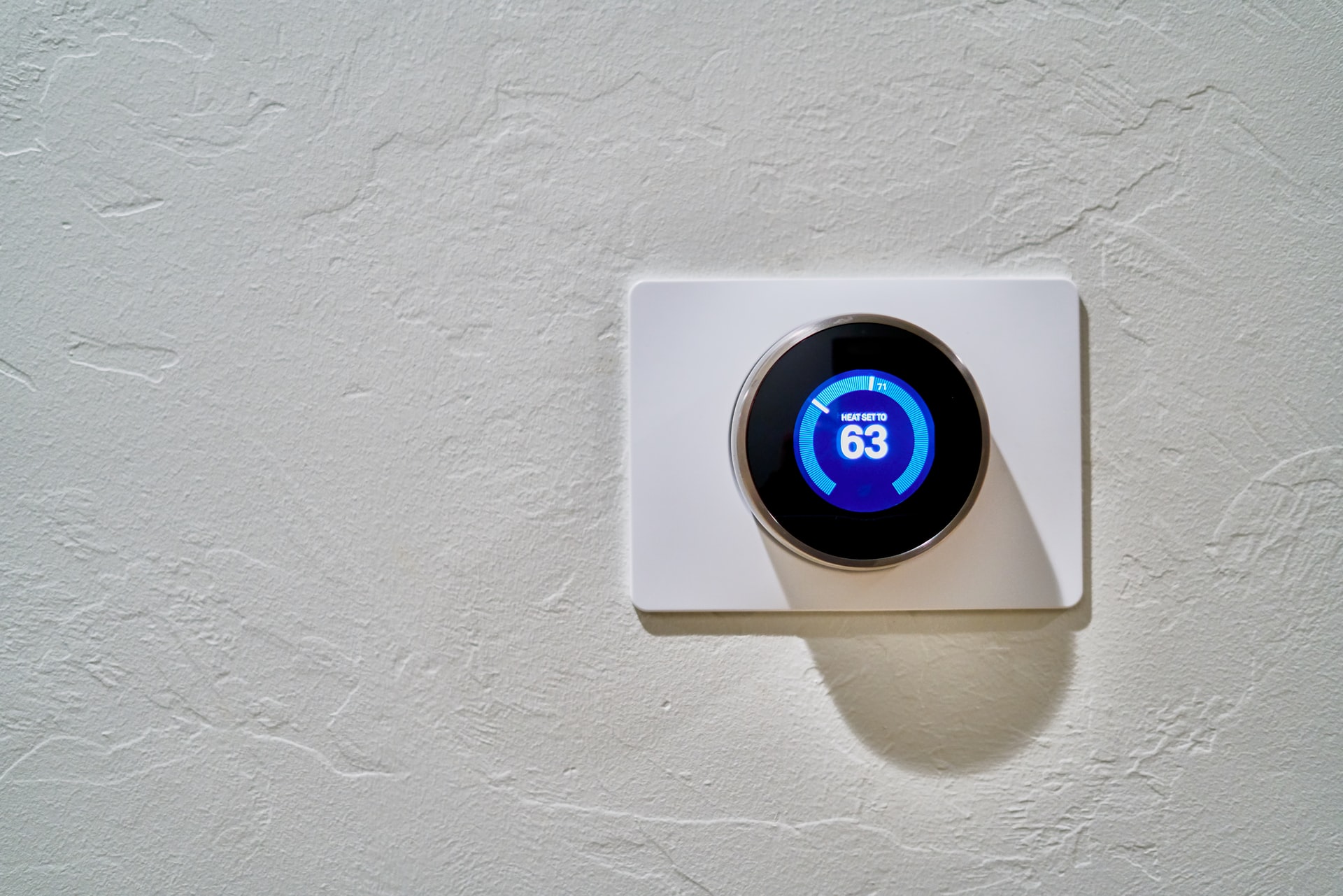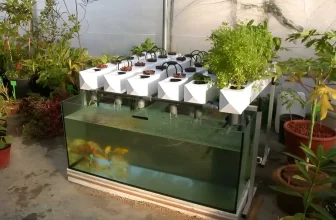
Want to cut your monthly expenses? There are plenty of ways to do it, but few will save you more money than making your home energy efficient. Renewable energy is the future; it’s the only way for us to reduce our impact on the environment and ensure that our children have a world to inherit. But even if you’re committed to going green, the high cost of many renewable energy products can be daunting. We’ve collected some quick and cost-effective ways for you to make your home more environmentally friendly without breaking the bank.
- Energy efficient home upgrades to reduce your energy costs
Whether you’re looking to save a buck or to help the environment, there are lots of small energy efficient home upgrades you can make to reduce your energy costs. For example, unplug appliances or electronics when you’re not using them. Air leaks through windows and doors are one of the biggest energy drains in a home.To help with this, unplug all but one regular energy-burning appliance and place it on “off” while you’re using other appliances or monitoring your home’s energy usage. Another less expensive option is to buy a programmable thermostat and a programmable thermostat switch, both of which allow you to turn one older appliance on or off at a push of a button. Want to go even further? Replace your existing blinds with energy-efficient glass, and replace your heating and cooling thermostats and toilet seats with more energy-efficient models.
If you have a small space that can be used for storage, consider getting a small charging station for your phone and gadgets or an energy efficient digital lab. These compact systems can charge small electronic devices and can even monitor how your energy uses are contributing to your monthly electric bill.
Of course, power tools offer one of the highest energy efficiency returns on investment (EROEI) compared to all other home appliance categories. For example, a quality power tool with an EnerMax battery (while not a replacement for a proper battery), will generate the same amount of electricity as a 4-prong outlet for a 12-Volt outlet and costs only $104 — a savings of over $45 each month. Sure, it takes time to train the brain to master a new energy efficient tool, but it is a skill that will pay huge dividends down the road.
With so many ways to save money on home energy, it may seem like more investments are the answer — but only if you’re not willing to prioritize the right things first. Check out the basics, rotate through the upgrades, and ensure that you’re getting the most bang for your home’s buck. If it ain’t broke, don’t fix it. - Make your home more energy efficient with this simple checklist
Making your home more energy efficient can be a pretty daunting task, but it doesn’t have to be. You can start by checking out this simple checklist that’s easy to complete and will have a big impact on your home’s energy efficiency.
Exploring your energy efficiency options and adding different lighting to your home can include some delicious savings. These fun lighting ideas can neutralize some of the harshness of the sun and save you thousands to hundreds of dollars a year.
Bathroom fans are fan-freakin-tastic. Super-easy to install and affordable, they can help you save money on air conditioning, too.
Ever tried to shave hours off your commute if you live in a hot climate? Seat belt alarm clocks can save you precious minutes turned into hours with each impactful mile. By turning off your devices right before you get in your car, you can shave off a few precious minutes.
Switching on the deadbolts before getting into apartment doors is a great way to cut down on keys. We suggest turning them on 1 minute before you walk in, and turning them off 1 minute after. Deadbolt deadliness may be your most expensive appliance to maintain, so cutting down on this maintenance can save you serious coin.
Christmas tree lighting doesn’t just make a cool Christmas tradition for you and your loved ones. It also lights up your home at night saving on electricity costs. Consider adding sparkly lights as an add-on for the regular lights.
A rechargeable bottle charger station is a great added gadget to use with your cell phone and, if you need to, can power up your electronic devices. Not only do they contain a bunch of electrical plugs (and could go in that plugged-in drawer you never use!), but they’ll help the environment by reducing gas usage.
Carrying around an extra pair of ski gloves on warm winter days will make your winter hike more comfortable and less painful. - Use these tips to make your home more energy efficient
Making your home more energy efficient is easier than you think. Here are three tips you can use today:
1) Replace your light bulbs with LEDs. LEDs use less energy than incandescent light bulbs and can save you more than $65 over the life of the bulb.
2) Install solar panels.PV — photovoltaic — panels capture the sun’s energy and convert it to a direct current so it can be used for home or office use without running your generator. Your panels can be mounted on your roof, within your home, or detached from your wall so they don’t take up expensive amount of space.
3) Install smart thermostats. Today, smart thermostats offer an energy efficient way to increase your home’s energy efficiency. They can help you control your thermostat more easily by learning how your climate is changing and adapting your system to match your local temperature changes.
Approximately 75% of the electricity in the United States is generated from fossil fuels. Thankfully, you can reduce your fossil fuel consumption substantially by switching to renewable energy sources, including solar, wind, geothermal, and micro-hydroelectric. For every 1000 watts of solar power, you can use 1 watt of electrical energy. Wiring up a solar system can be costly — however, it is one of the most cost-effective energy investments you can make.
Wiring up your home is one of the simplest ways to save money. For every 1000 watts of solar power you install, you can use 1 watt of electrical energy. You can hook up your system to your existing breaker box and the power will come from your local utility.
How many lights do you have in your home? More than one? Each one can be energy-consuming. To reduce energy usage, you might consider adding LED lights to each room and to the hallway where your home’s HVAC (heat and hot air) systems are located.
Replacing an old light bulb with a LED one can save you more than $50 over the life of the bulb. - Cut down on water use and save money at the same time
To save money on your water bill, use a low-flow shower head. These shower heads use less water and save you money. You can also take shorter showers to save even more water and money.
This article was originally published in Retail Dive.
Spend $150 to $600 per year on eco-friendly lighting solutions and switches to optimize energy usage.
Energy efficient lighting setups have become increasingly common. So has switch automating, which means you can turn your lights on and off according to your schedule. There are vibro-lights, wall sconces, and even country-style swing set lights, reportedly from a former Bellis resident.
For more information on the products we recommend, visit this Amazon page.
To save money on home repairs and upgrades, consider installing a solar panel on your roof.
If you need to install one to meet your energy needs, solar panels are another cheap option. If you’re interested in buying or installing your own, we have a guide that explains how to best go about it.
To find some of the best solar panels — and the best prices — visit this website.
The smart thermostat saves you money on energy bills when it senses low temperatures. While there are cheaper and more basic thermostats on the market, a smart thermostat is a smart choice that saves money in the long run.
To learn more about smart thermostats, visit this Amazon page.
To reduce your energy bill, invest in the latest, smartest LED light bulbs. Not only do they last up to four times longer than traditional bulbs, but they offer many other perks that make them worth the hefty price.
To find the best LED bulbs, visit this Amazon page.
To save money on heating your home, take advantage of smart home controls that use energy and monitor your energy usage.
Not every smart home control is created equal. - Save money with these 5 energy-efficient upgrades that pay for themselves
If your utility bills are giving you palpitations, there are a number of affordable upgrades you can make to your home to slash your energy costs. 1) Replace your old refrigerator with a new, more efficient model. If your fridge is more than 10 years old, it’s probably inefficient, says the Natural Resources Defense Council (NRDC).According to the organization, most fridges use around 5,000 kWh per year, enough to power a modest-sized home for three days without using any gas.
If you’re thinking about a new fridge, consider buying an empty renewable-fuel-powered one. A recirculating freezer, or energized freezer, uses less electricity than an upright freezer. There are currently two main types of recirculating freezers: designs that convert food into freeze-dried food, and those that cold-packs food in a drying chamber; the latter are much more energy-efficient than the former, according to Casey Hawes, an energy analyst at Bloomberg New Energy Finance.
If you’re not up for replacing your refrigerator, e-waste recyclers like Elecsource can recycle your old fridges for you. Contact Elecsource to schedule a free demo, or if you’re environmentally minded, have them make it for you. (They also have freezers from Samsung and LG that aren’t solid-state, which could be good options for semi-dormant folks.) The EPA reports that a recycled refrigerator can save an average of $362 in energy costs compared with an energy-guzzling new fridge.
Install smart appliances. Setting energy-efficient thermostats and smart appliances, such as programmable switches, can save you money on your utility bills. In general, the latest smart models use more power than older models, but traditional thermostats usually beat smart models when it comes to energy use, according to EcoSmart, an independent lab that tracks energy meters.
You can invest in smart appliances on your own if you have the funds, but that’s not always a practical option. Check with your utility or landlord to find out if they allow it. We’ve listed a few modern and energy-efficient options below, but if your utility doesn’t allow it, check with your local nonprofit.
Photo by Dan LeFebvre on Unsplash






